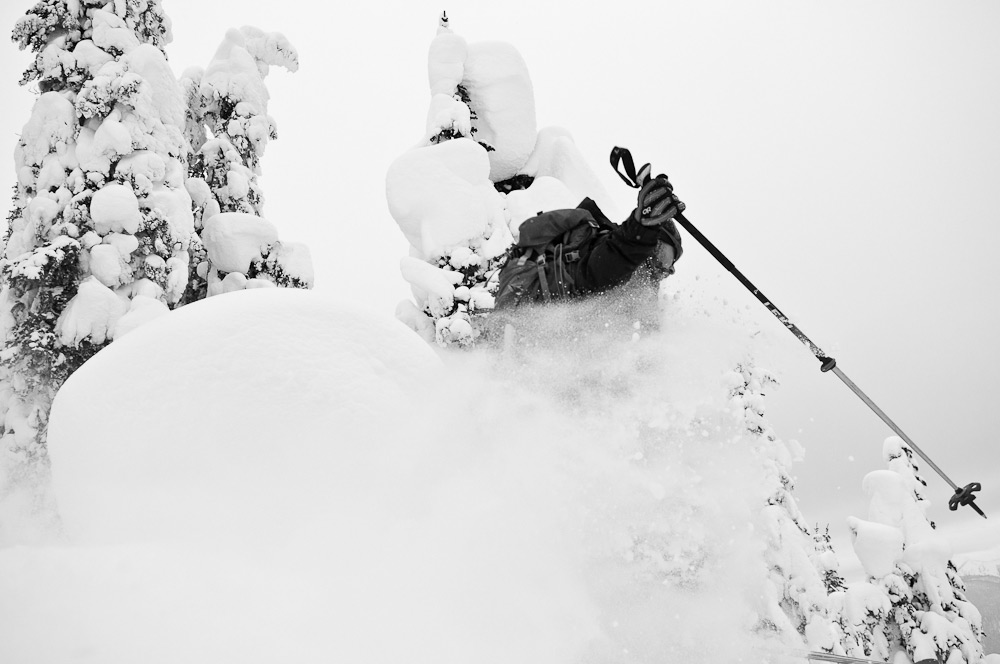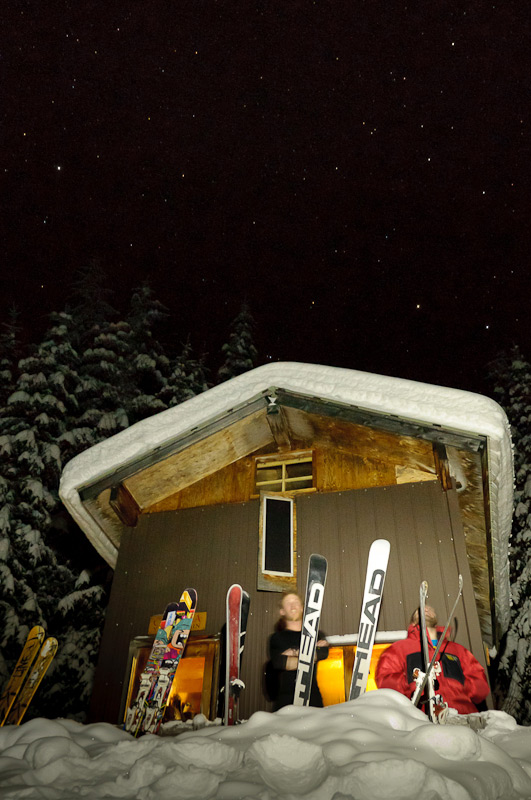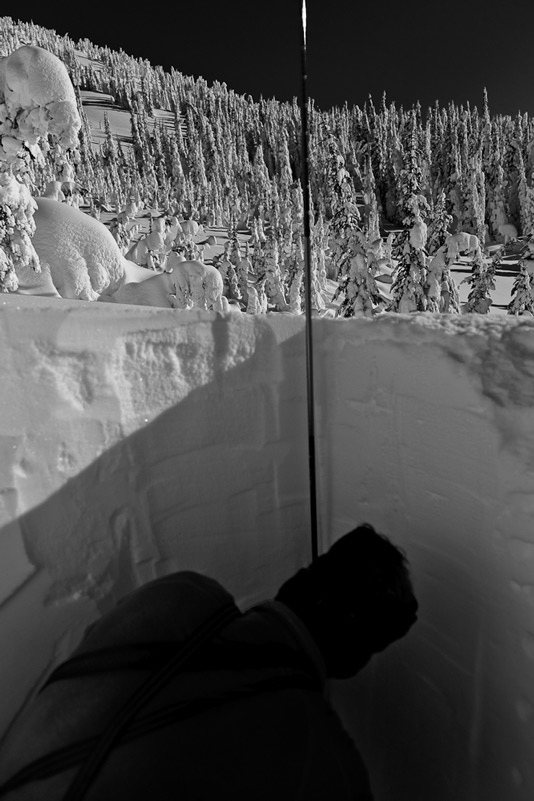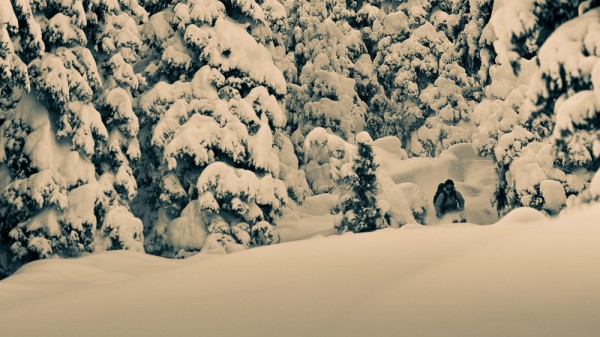THE THERMOMETER READ -35 °F. By the time we’d geared up — sticking climbing skins to frosty skis, buckling ski boots on cold feet, and donning down layers, hats, balaclavas, and gloves — we were shivering.
We didn’t discuss our options. We just crossed the highway, stepped into our bindings, and headed into the woods.
While we weren’t short in backcountry experience, we couldn’t follow established strategy and avoid sweating. If we moved slowly, we froze. Instead, we sprinted for the Clemina Cabin, located only 5km from the trailhead. I just hoped there would be firewood.





